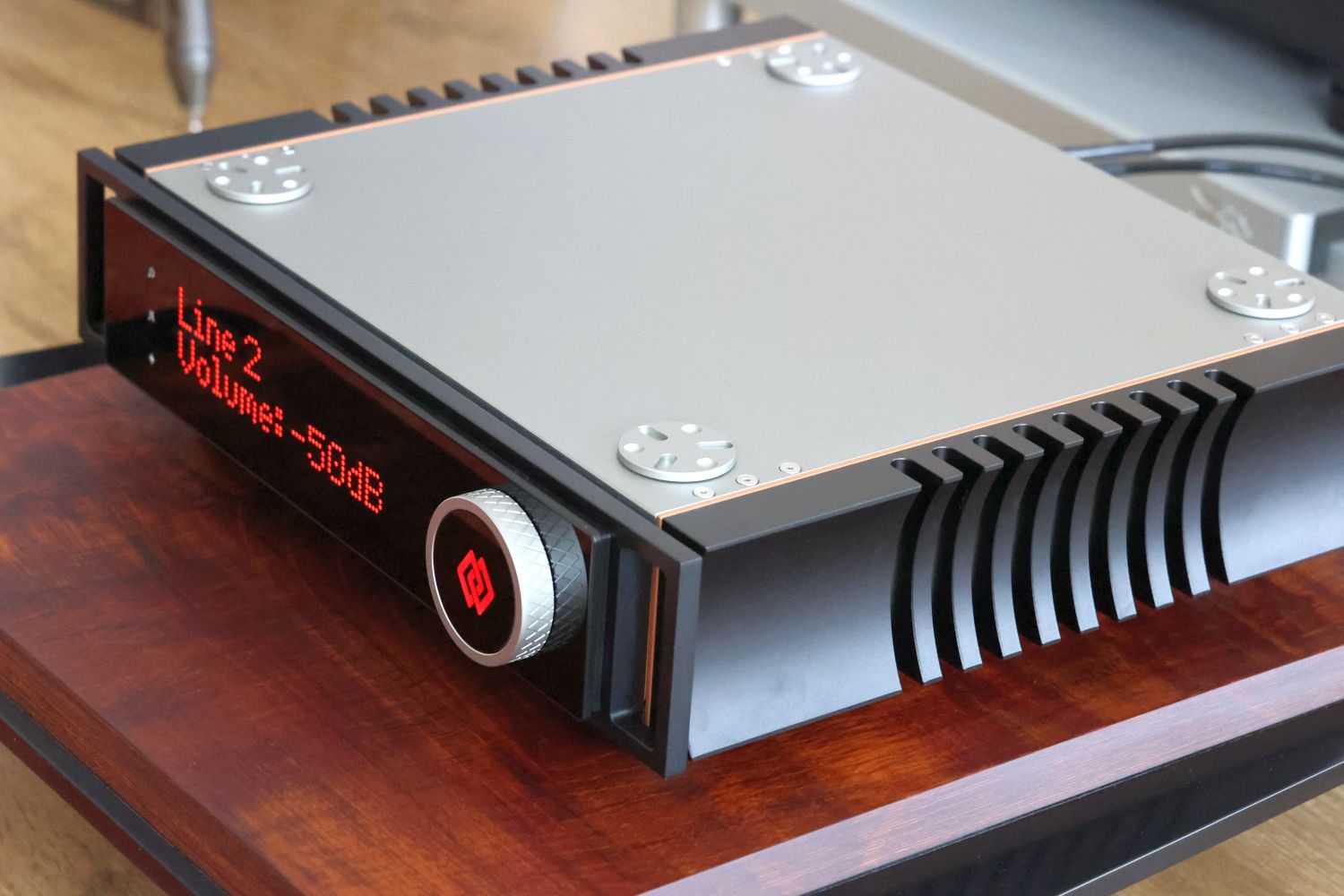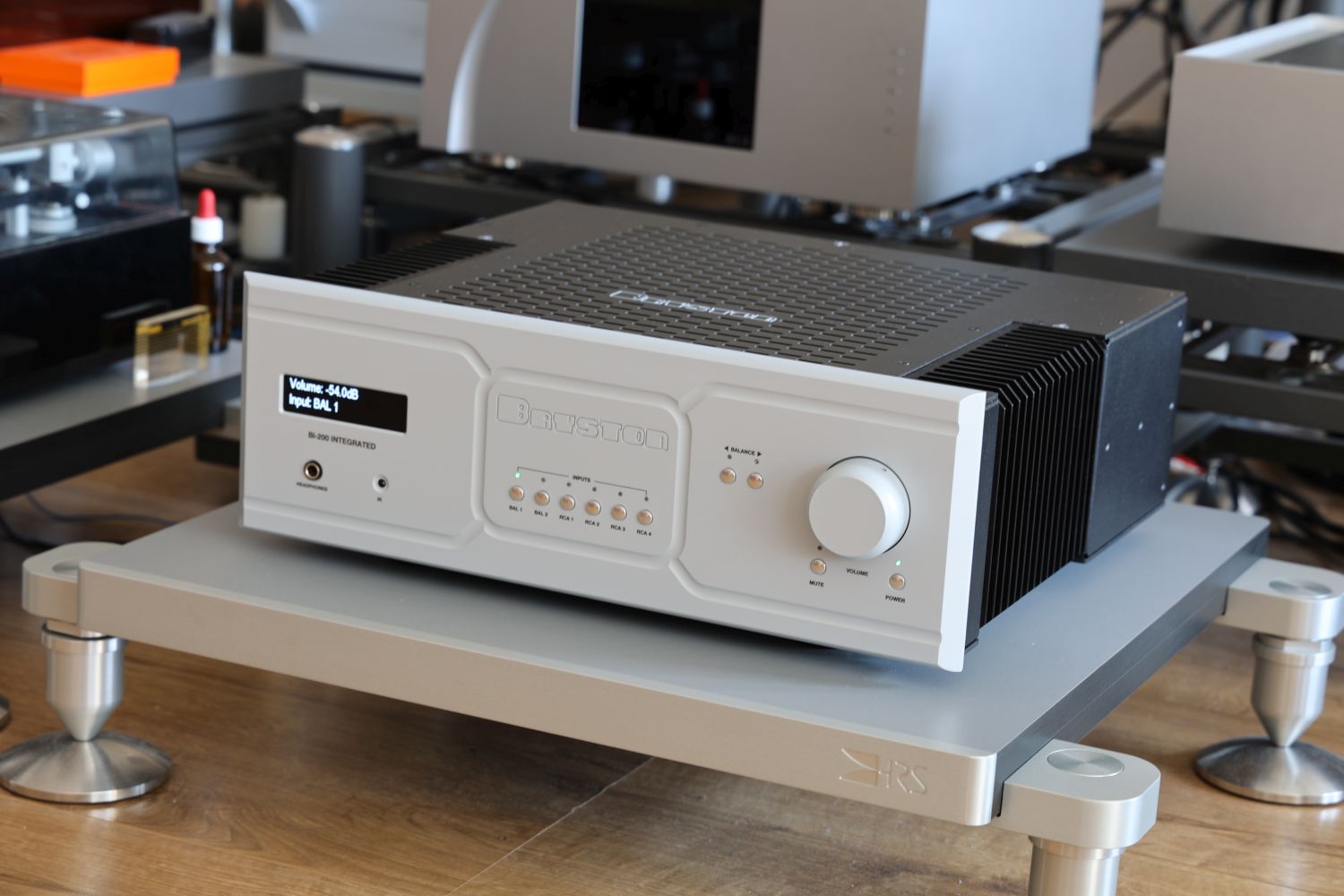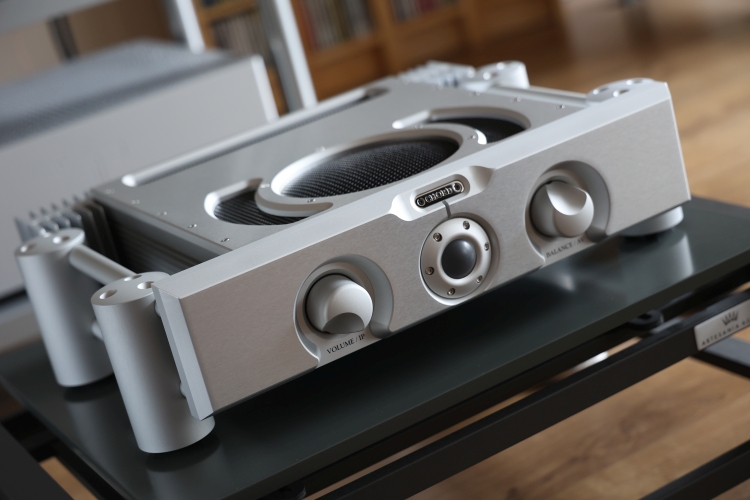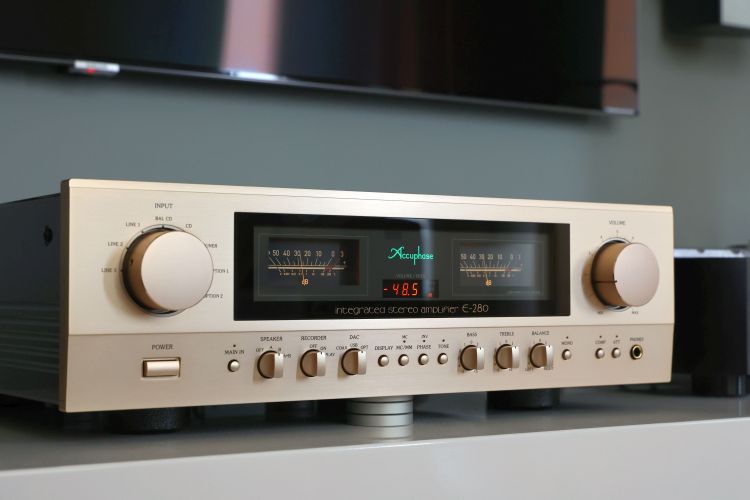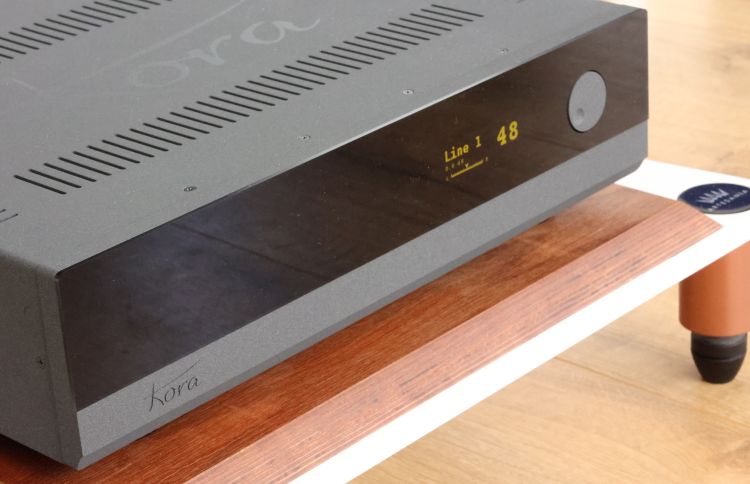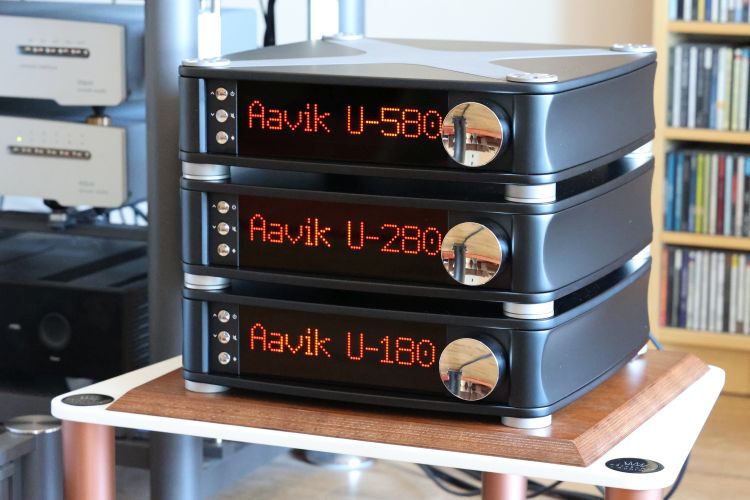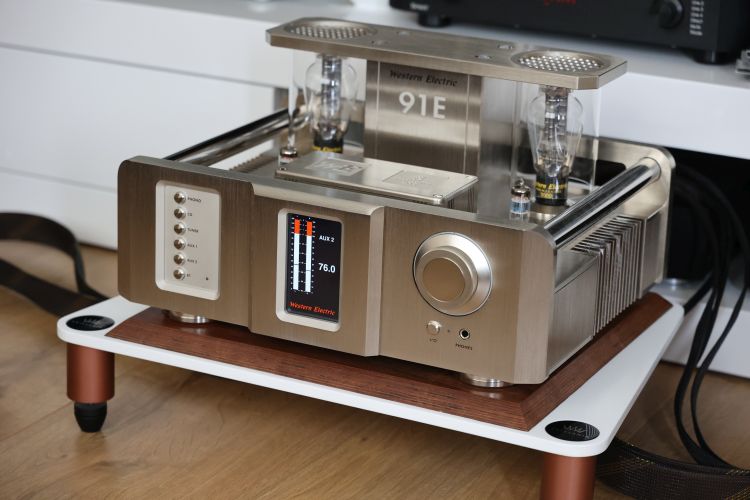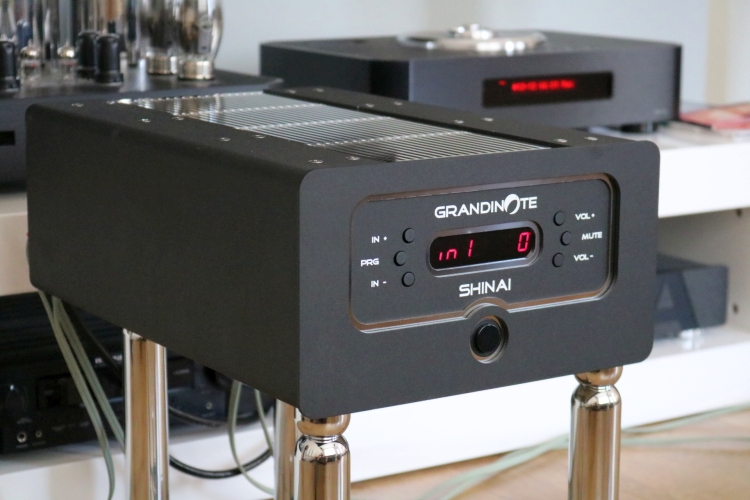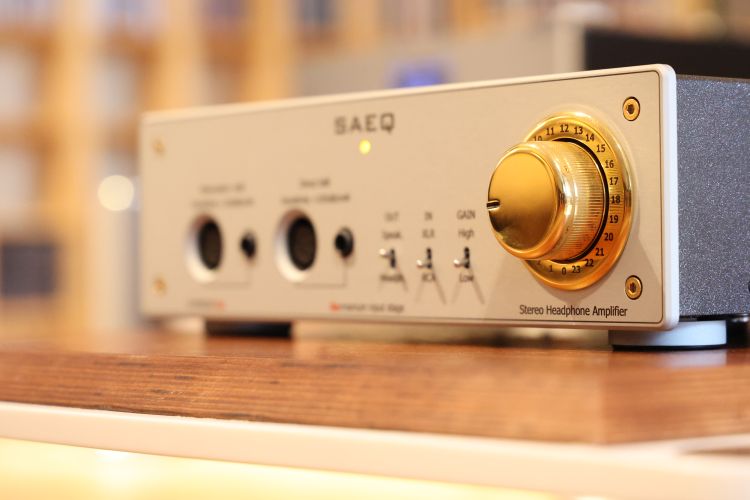
Headphone Listening
As regular readers will know, I am not a headphone enthusiast. Don’t get me wrong, I know that headphones can sound fantastic and I will be the first to acknowledge they are a very clever way of avoiding issues with roommates and neighbors while rendering any room-acoustics aspects entirely futile. And last but not least, headphones make it possible to obtain true high-end sound quality for only a fraction of the cost of a full system.
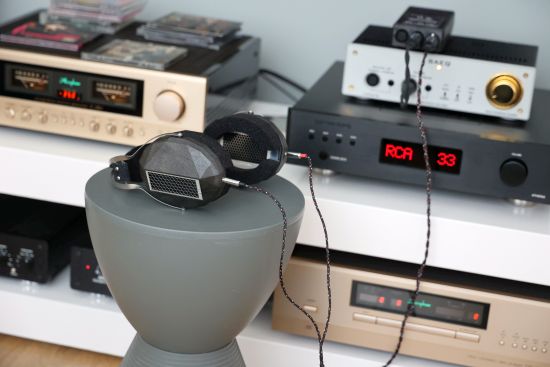
So why do I not use headphones? There are a number of reasons for this and they are all very personal. Mostly, I don’t generally like wearing or carrying accessories in any shape or form, not even a watch. Secondarily, I prefer having a physical sound source that stays in place as I move around. Thirdly, and least important for me, there’s the matter of soundstage depth. While headphone enthusiasts know that some headphones have larger, wider, or freer imaging than others, apart from DSP trickery, thus far, I experience the soundstage with headphones as focused primarily inside, and to the sides of my head, not in front of me, as I prefer it.
This is only logical, as the sense of depth that we perceive comes from reflections in an acoustic space, which are eliminated when using headphones. Of course, then again, loudspeakers and rooms create a whole suite of other potential issues, which I have only recently been able to get properly under control, so it’s really a matter of personal preference.
Personal preferences aside, I can’t help getting ahead of myself and unveiling that, much as I experienced with the loudspeakers, the performance of the SAEQ and RAAL Requisite pairing is absolutely unreal!
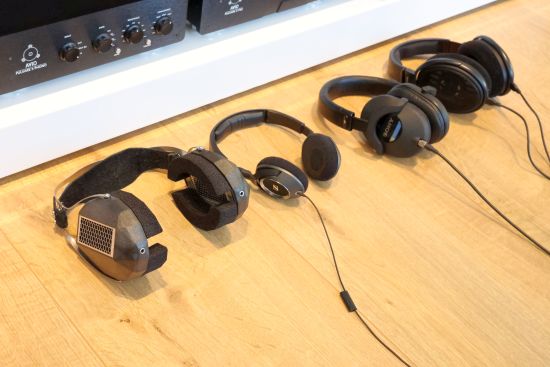
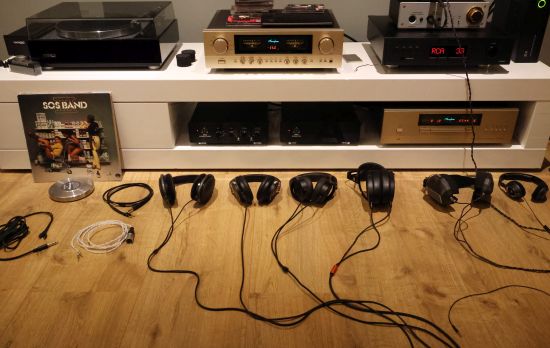
Headphone Models
Currently, I own only one headphone, and not a very elevated one at that. It concerns a Sennheiser HD-238i that I last used over 10 years ago in combination with an iPhone when I was still cycling 40 minutes back and forth between home and work. The 238i has a full sound with very decent bass, relatively clean mids, and no sharpness. It’s really not bad at all, but it’s a far cry from being audiophile.
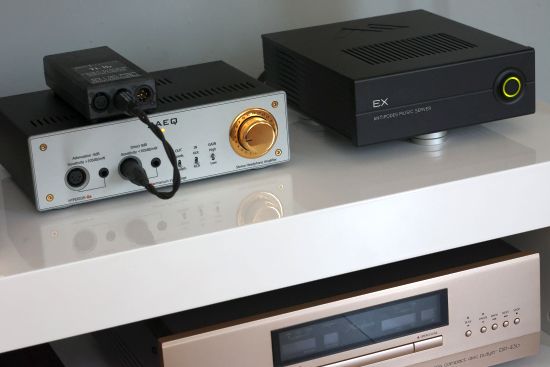
In order to properly assess the SAEQ amp, I invite my friends Jeroen and Niels to bring along part of their headphone arsenal. What I ended up playing with was the following rather interesting group of products.
- Sennheiser HD-238i
- Sony 7520 (closed)
- Sennheiser HD-650
- HifiMan Arya Stealth
- Audio Technica ATH-M70X (closed)
- Audeze LCD-1
- RAAL requisite CA-1a
I should note that the headphone’s impedance and the amplifier’s output impedance play a rather significant role in the way it sounds. Fortunately, the Hyperion Ge offers several connection options as well as a low/high gain adjustment.
Headphone Listening – Round 1
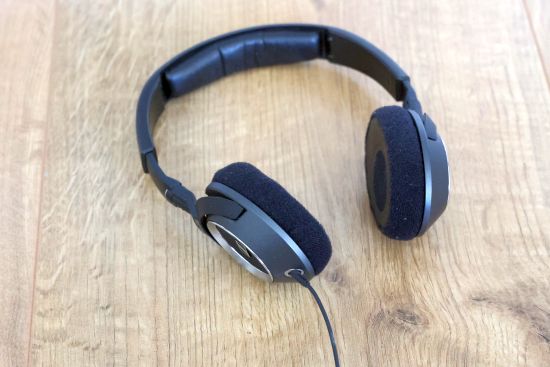 =
=
Sennheiser HD-238i
Starting with Jeroen’s collection, my humble Sennheiser HD-238i kicked it off using the SAEQ. I must say it is not bad, not bad at all! It is robust and tuneful in the bass, full and expressive in the midrange and the treble is open yet silky. It’s the kind of sound that is easy to listen to, if not very revealing. So far, nice, but nothing spectacular. It was when plugging the Sennheiser into the Accuphase’s headphone output, that we were truly surprised!
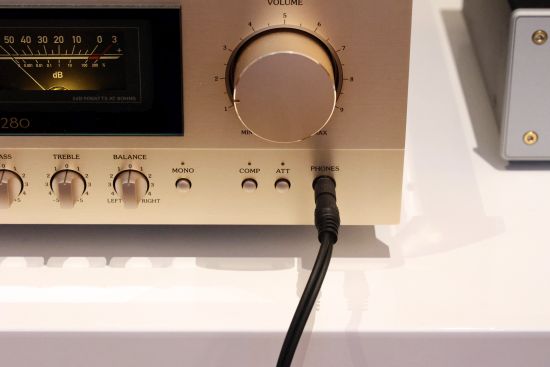
Fed from the E-280, the Sennheiser sounded restrained, no longer particularly robust, and it had lost much of its naturalness, its timbre now sounding rather synthetic. This is when it started to dawn on me just how much influence an amplifier has, even on a simple headphone. Of course, I’ve long known that everything matters in the world of audio, but somehow, I clearly underestimated the influence of a headphone amplifier.
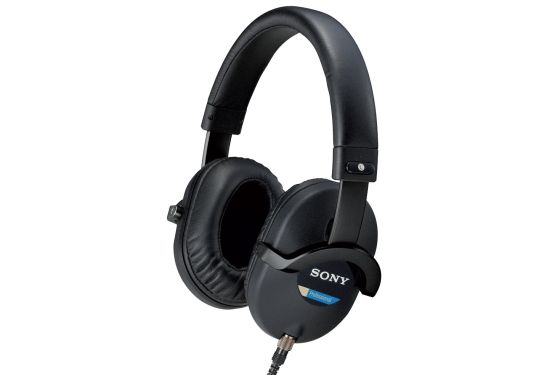
Sony 7520
Next up is the Sony 7520. It is better in some areas (the bass can evidently be even more solid and robust) and the entire presentation comes across as more confident. This headphone sure has power to spare. Otherwise, I felt that it sounds closed-in and has a significant “boxy” coloration that I don’t hear with my cheap HD-238i. Of course, the Sony is a closed system whereas the Sennheisers are open-backed. This is something that in my limited experience so far has always led to a less transparent sound with a lot of body but also some coloration.
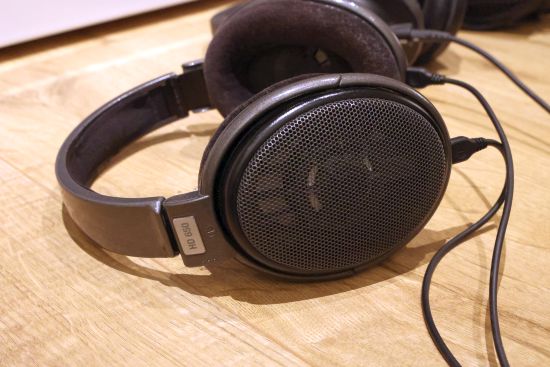
Sennheiser HD-650
The next headphone is a classic among headphone aficionados, the Sennheiser HD-650. I’ve never owned it, but I have owned to models in the 500-series and so I am somewhat familiar with what I will call the midrange Sennheiser sound. Within seconds of hearing it, I exclaimed “Wow!” Oh yes, this was something else. All of a sudden, my mind made the shift from headphone mode to high-end audio system mode. The resolution was significantly better than with the other two headphones and the balance is well-chosen between openness and transparency on the one hand and forgiving sweetness on the other. There is much more delicacy and refinement and decays now go on for longer. But more importantly, the HD-650 manages to weave it all together such that the musical intent is better conveyed. Now, you start undergoing the music rather than simply listening to it. Jeroen and I looked at each other while clearly reaching the exact same conclusion: we had not yet heard the HD-650 perform this splendidly. Clearly, the SAEQ amp has everything to do with this. Indeed, a quick swap to the Accuphase’s headphone output put a disappointed impression on both our faces. Sure, the HD-650 was still considerably better than my HD-238i, but the difference was now much smaller. To paraphrase, it was almost as if the higher-end model was only the next model up in the entry-level range, rather than the established standard that it is.
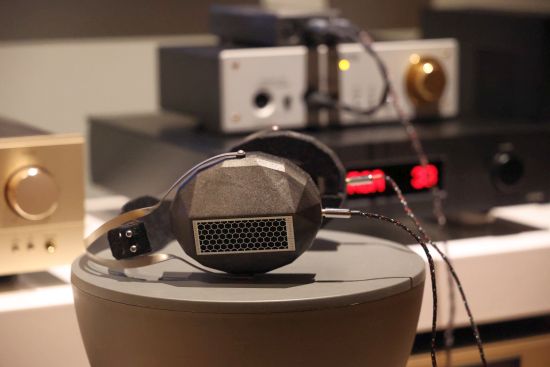
RAAL requisite CA-1a
Since the RAAL requisite CA-1a headphone has pure ribbon drivers, it presents a relentless load to any amplifier. For this to work, it needs to be used with an external impedance transformer unit called the TI-1b interface. I listened to both of the interface’s inputs and found that the 16 Ohm (Low-Z) input sounds best. This one is most well-balanced in terms of energetic response throughout the frequency range and tonally most complete. The 32 Ohm (High-Z) input sounds leaner, less powerful in the bass, and tonally less deeply saturated. Maybe this will work synergistically with a full-sounding headphone, but with the RAAL Requisite CA-1a, I strongly preferred the other input. Likewise, I have experimented with the Hyperion Ge’s Attenuation -6dB and Direct 0dB inputs. Here, the preference will likely vary per person, but I found that the direct input made the most of this remarkable headphone’s particular traits. For those who like things a little gentler, the attenuated input provides a sweeter sound albeit at the expense of some expression and directness.
Oh, dear, the CA-1a is again something else! The HD-650 was already a bit of a revelation, but the RAAL quite simply steps up the game to an entirely different level. The increase in resolution is unbelievable, as is the further increased transparency. It’s that I know I just put on a headphone, but honestly, this had nothing to do with headphone listening in any way that I had experienced before. Jeroen is a more seasoned headphone listener than I am but he was as amazed as I was.
After the initial two headphones, Jeroen and I already felt that HD-650 was amazingly transparent. But the RAAL showed the Sennheiser that it’s still restrained in terms of transient behavior as well as still possessing some coloration. The RAAL is so extremely wide-open, so magnificently refined, and so effortlessly detailed that it really is a bit like having a pair of full-range ribbon speakers strapped to your ears, only better, as there are zero room issues to deal with!
In many ways, the CA-1a reminds me of Magnepan ribbon speakers, only with no crossovers and no room issues. Interestingly, that comparison also extends to the bass where the CA-1a is extremely fast and sublimely accurate, but not particularly robust or full. In fact, the entire frequency range is abundantly free from coloration and thickness, and the bass was simply no exception.
With certain music styles, we’re accustomed to hearing exaggerated bass, and some people also just like it that way for any music style. The CA-1a is not only flabbergastingly good with acoustical and symphonic music but it also fares extremely well with ambient, downtempo, and dub-techno styles. It fares less well with 80’s pop, rock, and R&B. One reason for this is that its bass is on the lean side and another is that its exceptional resolution and immediacy make it rather revealing of the recording quality. That’s just a natural consequence. With good recordings, the CA-1a is amazing. But with truly great recordings, ok, I’m just lost for words to describe it. Let’s just say that you will need one heck of an audio system and perfect room tuning to even come close.
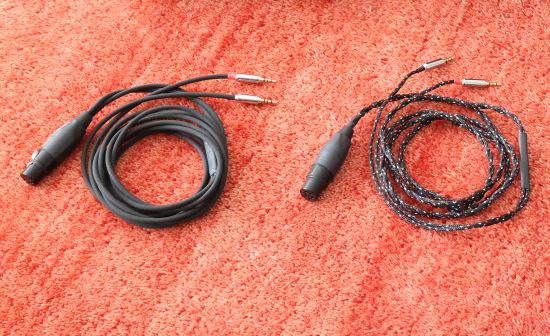
Lastly, the CA-1a was provided with 2 cables. A smooth rubbery black one (Standard Cable 2, or SC2) and a braided cloth one (STAR-8 Pure Silver) Between these two, the black one emphasizes the CA-1a’s transient attack and immediacy while the braided one provided a slightly more relaxed sound but with still very good crispness and a very welcome very slightly fuller bass. In my tests, I preferred the latter.
Next: Headphone Listening Round 2 and Conclusion
